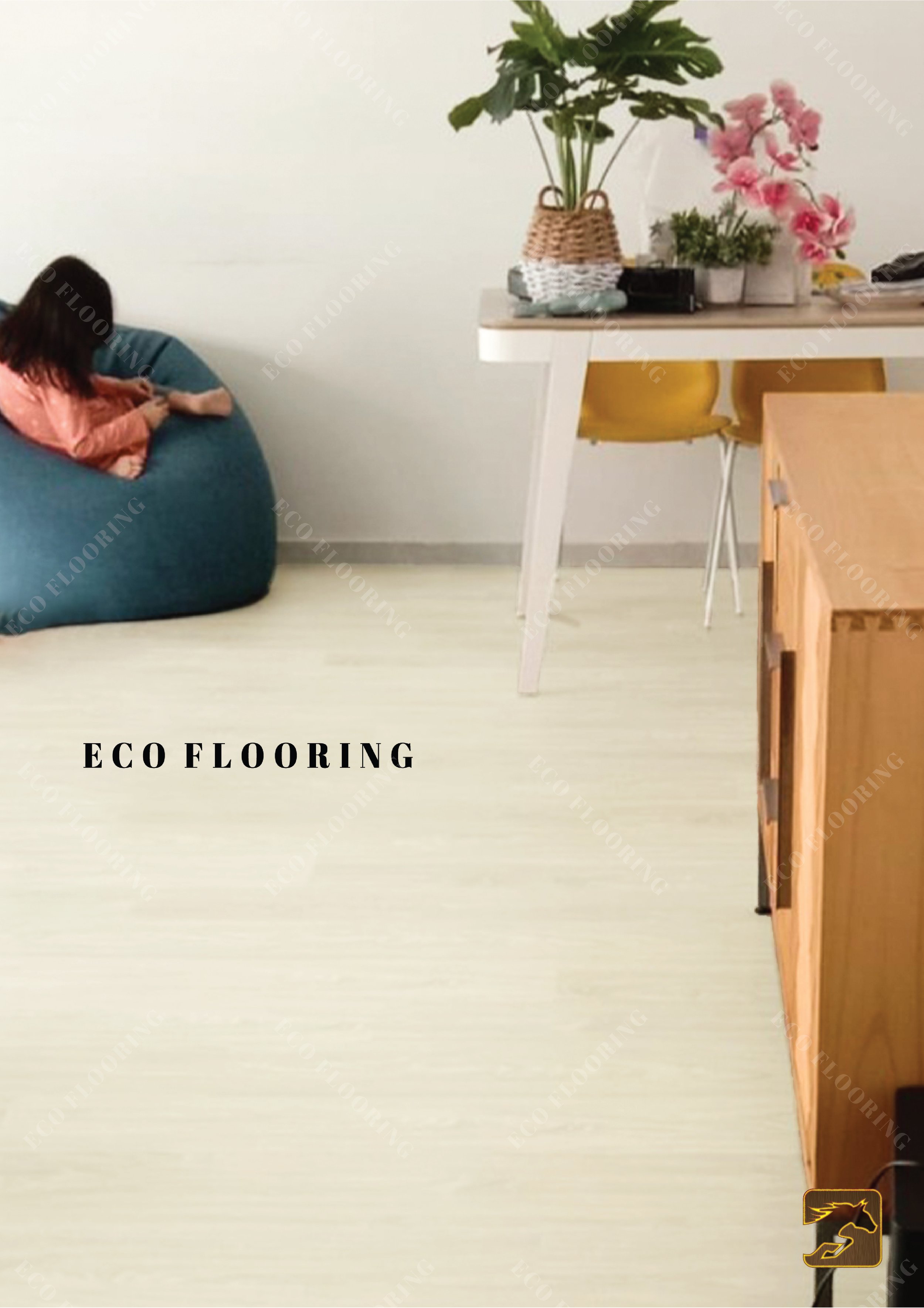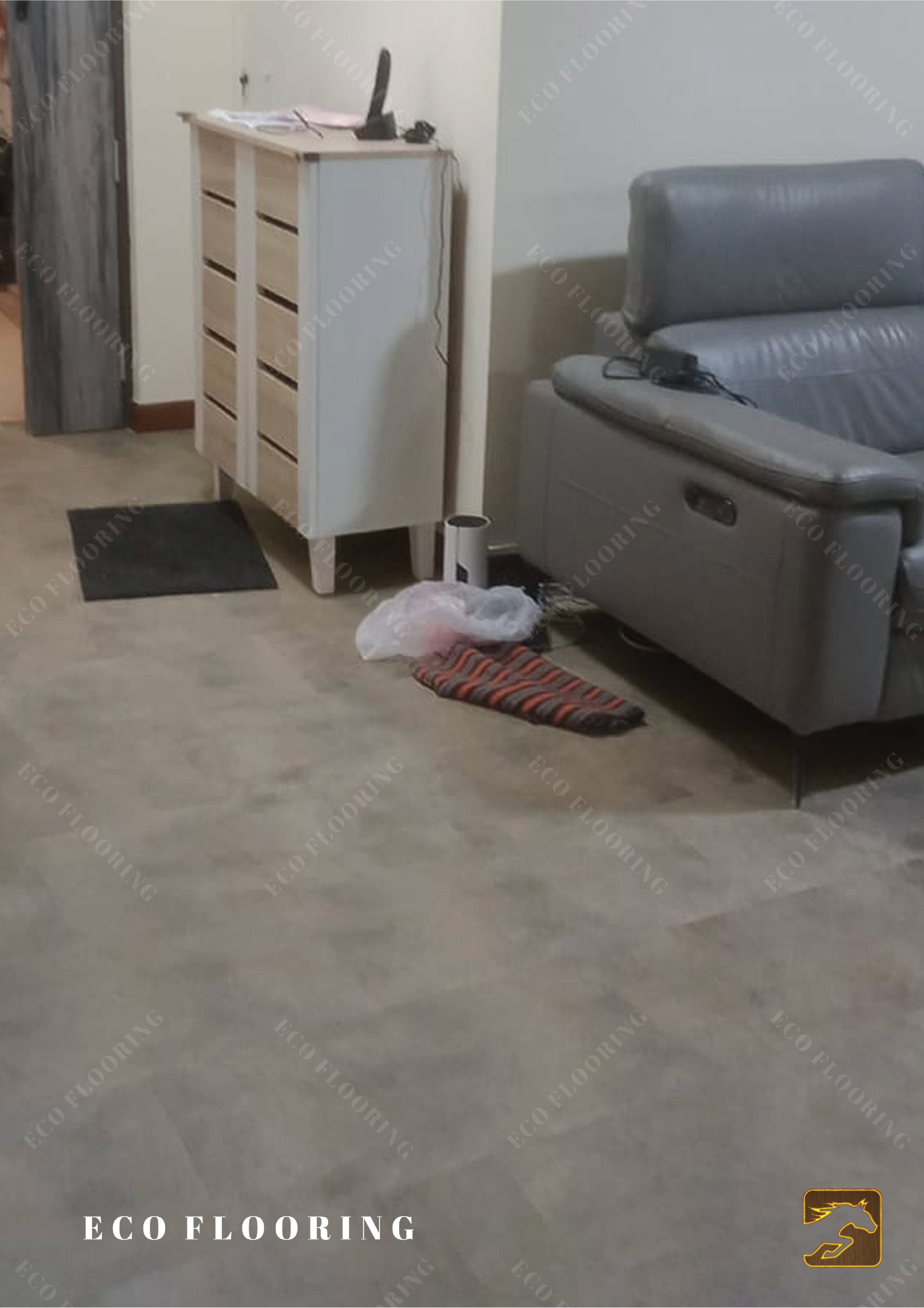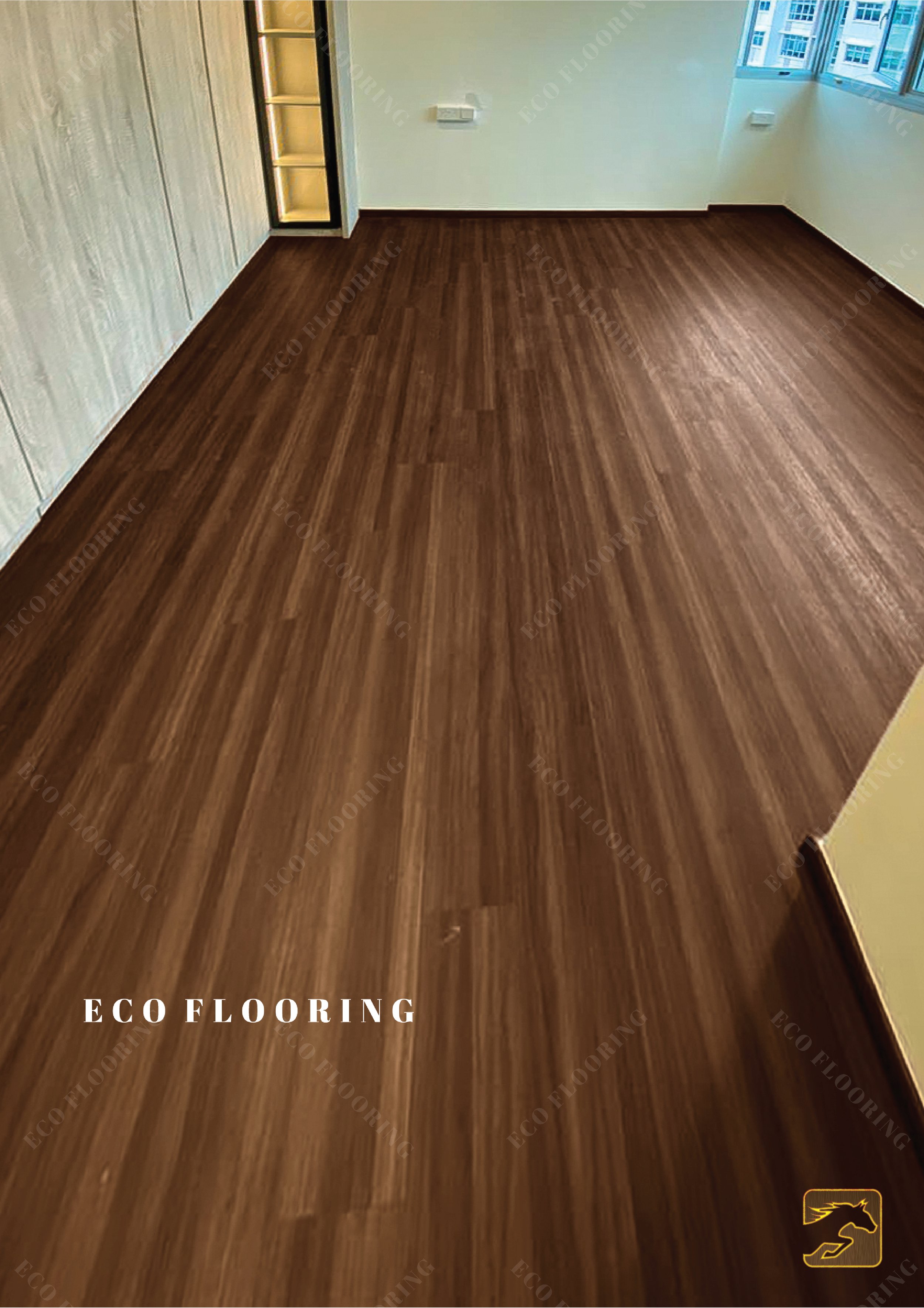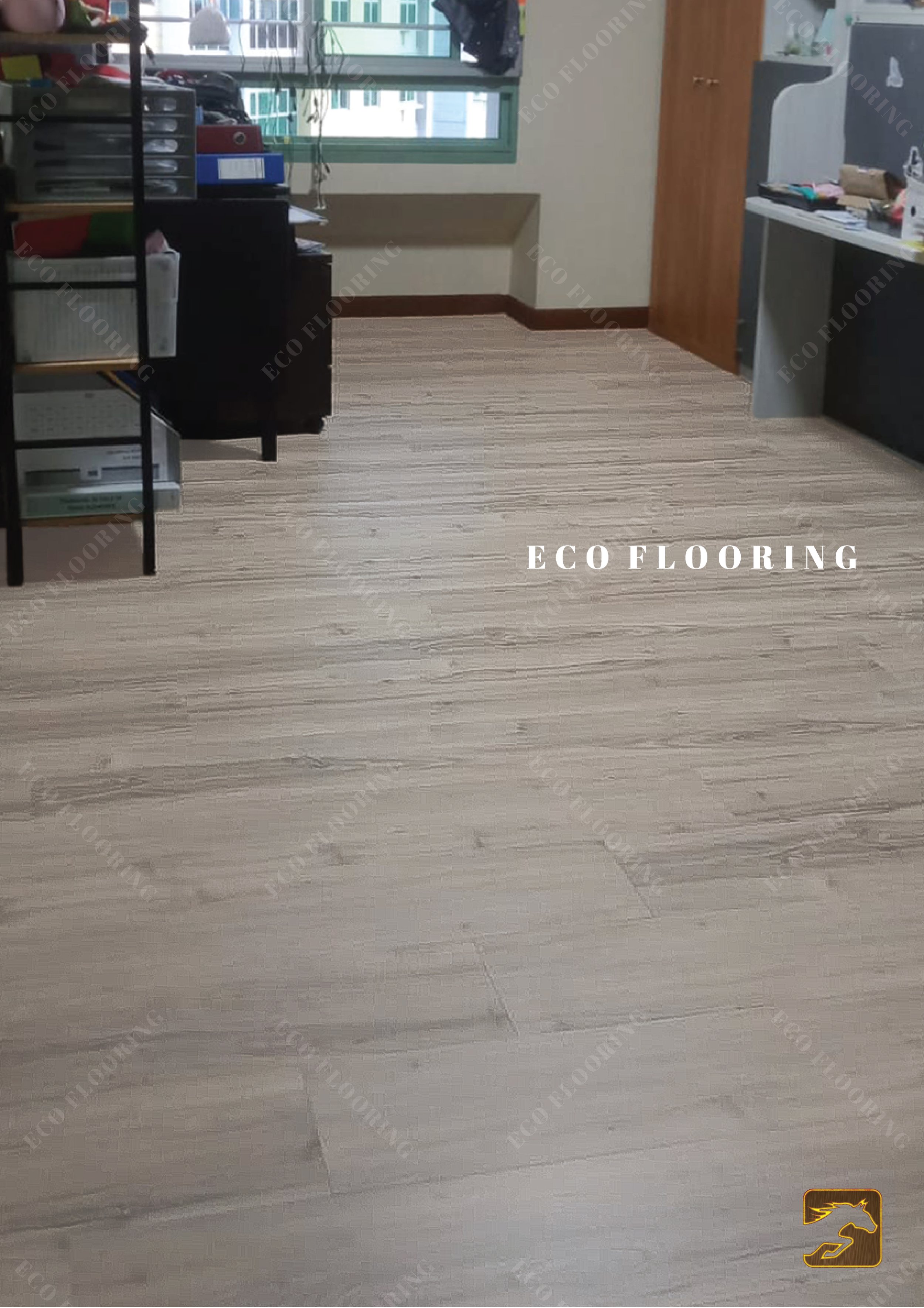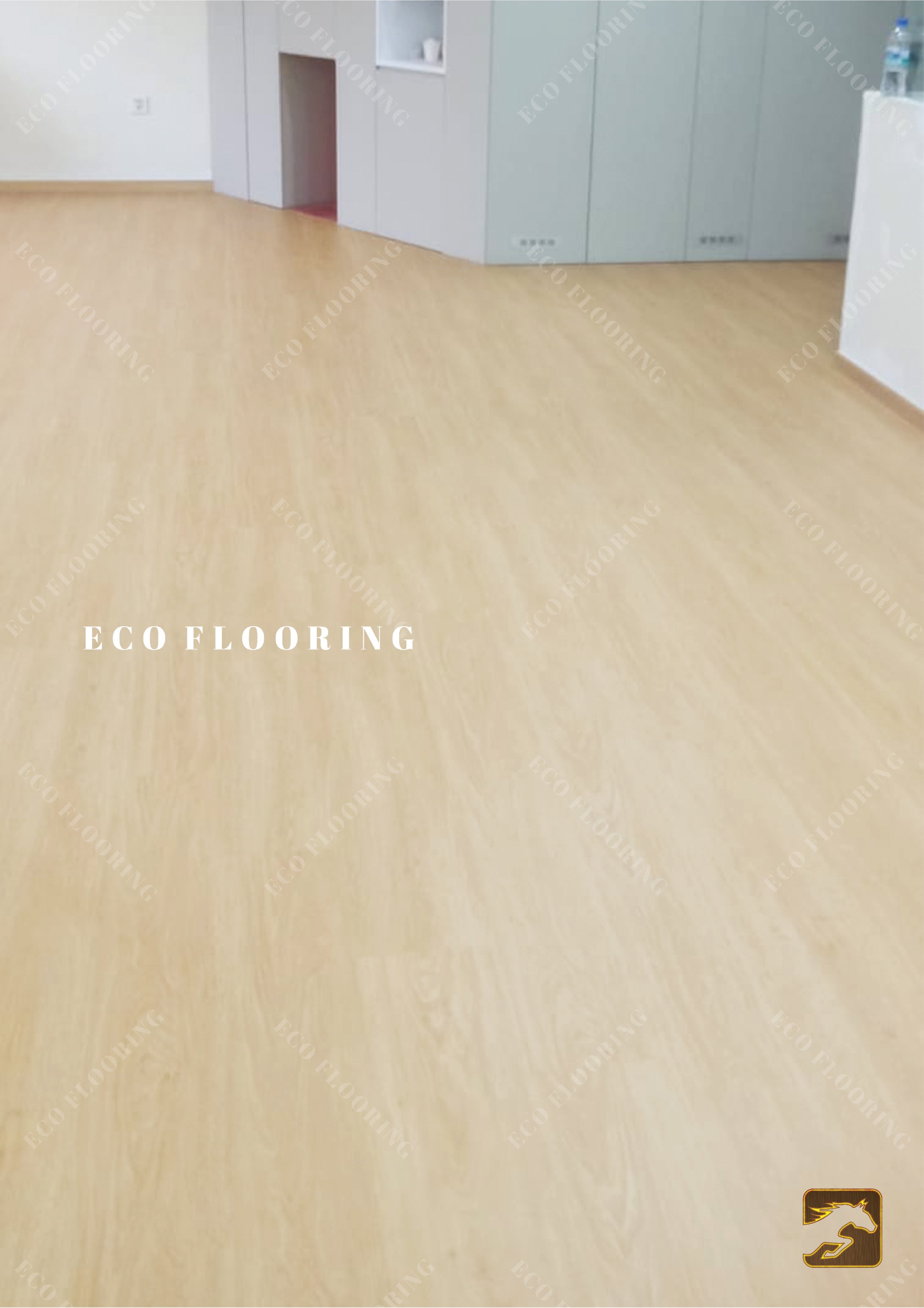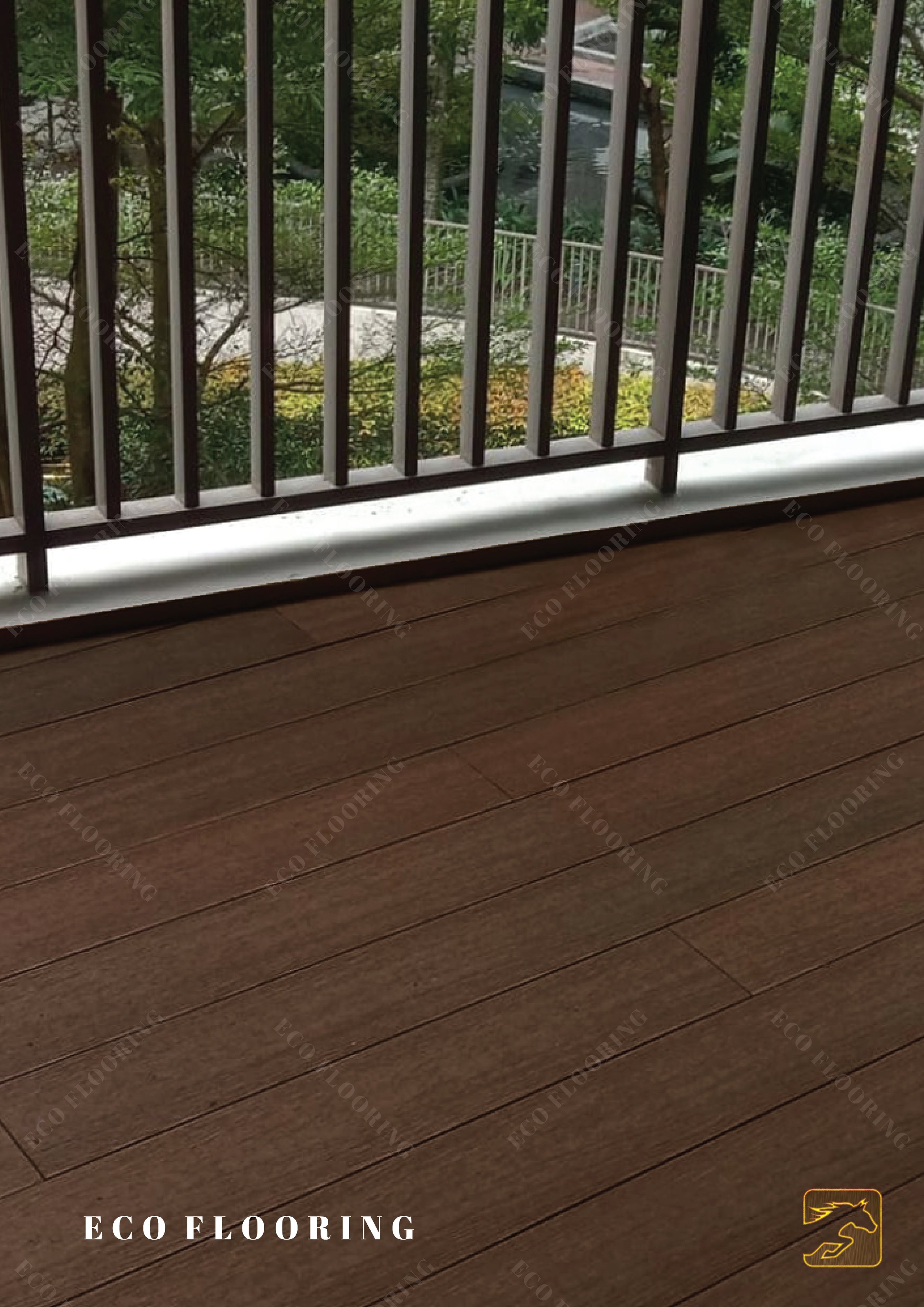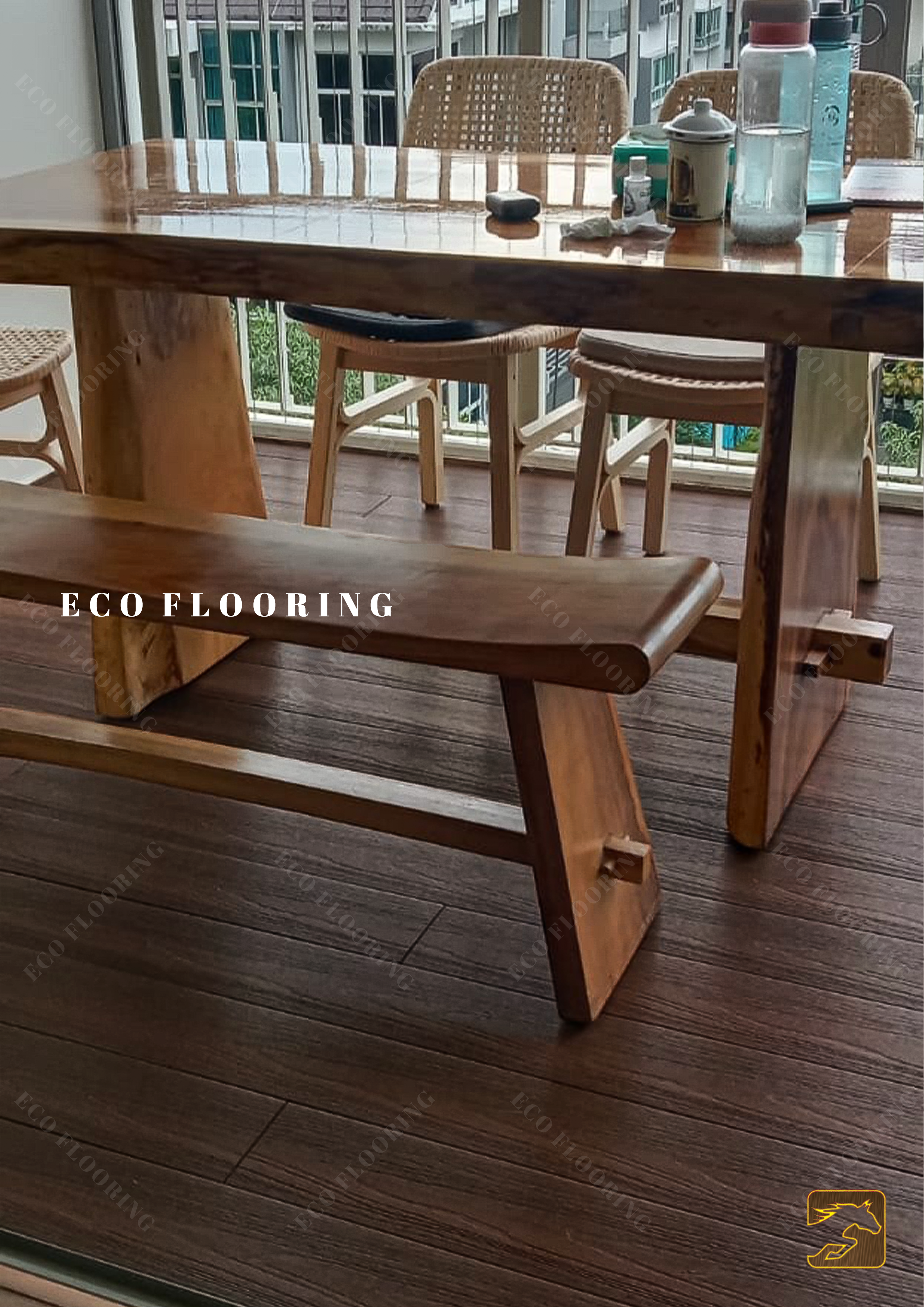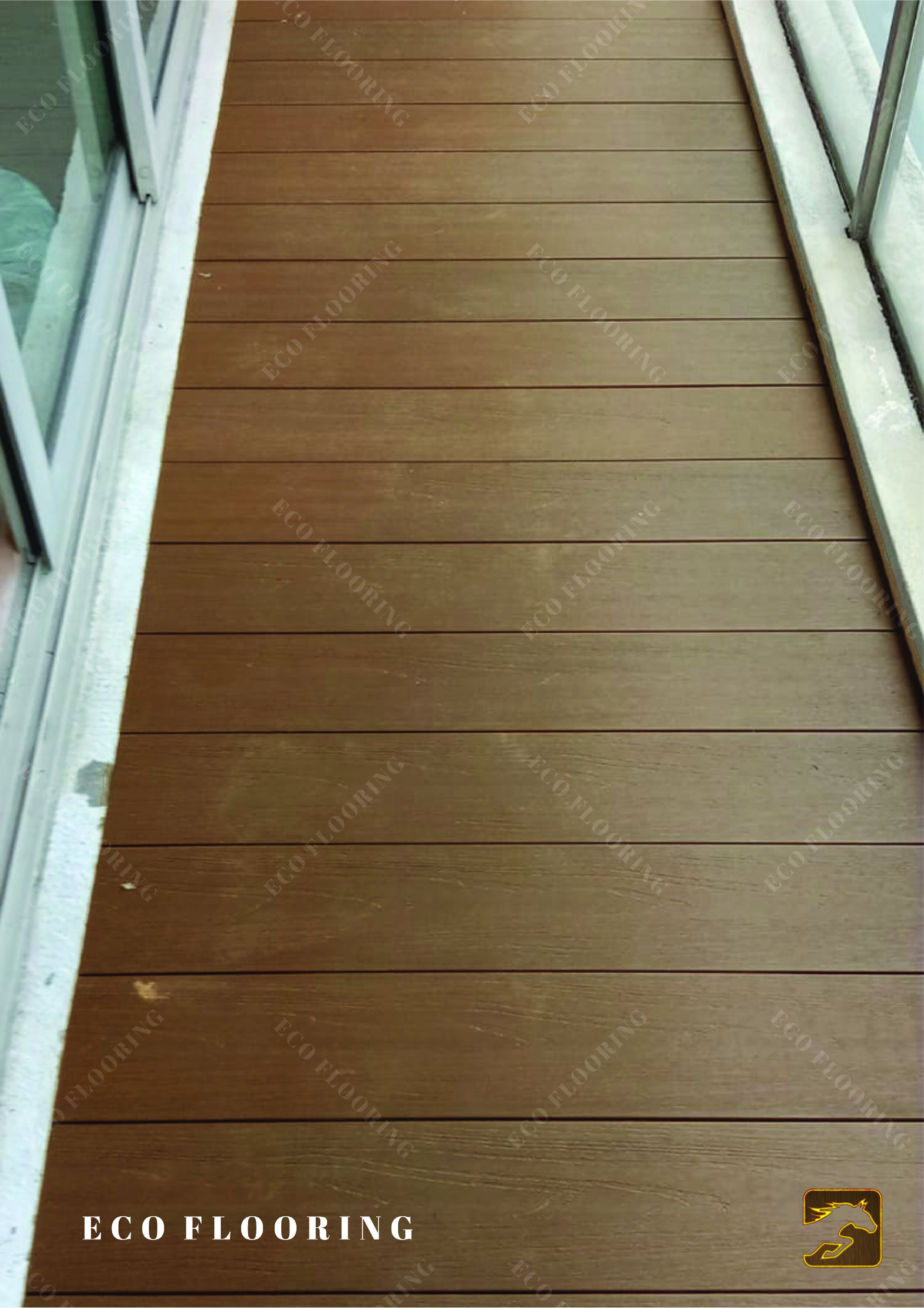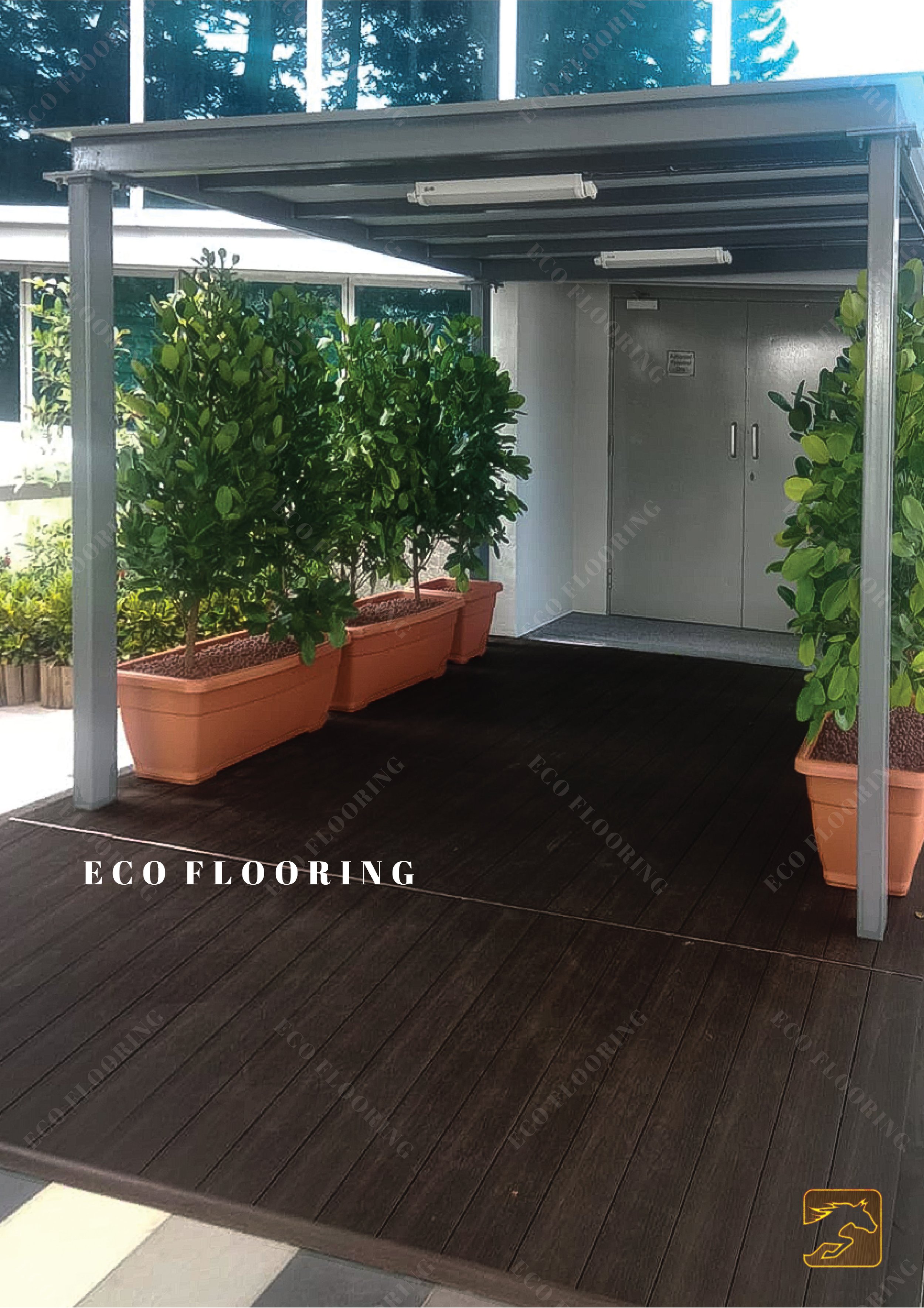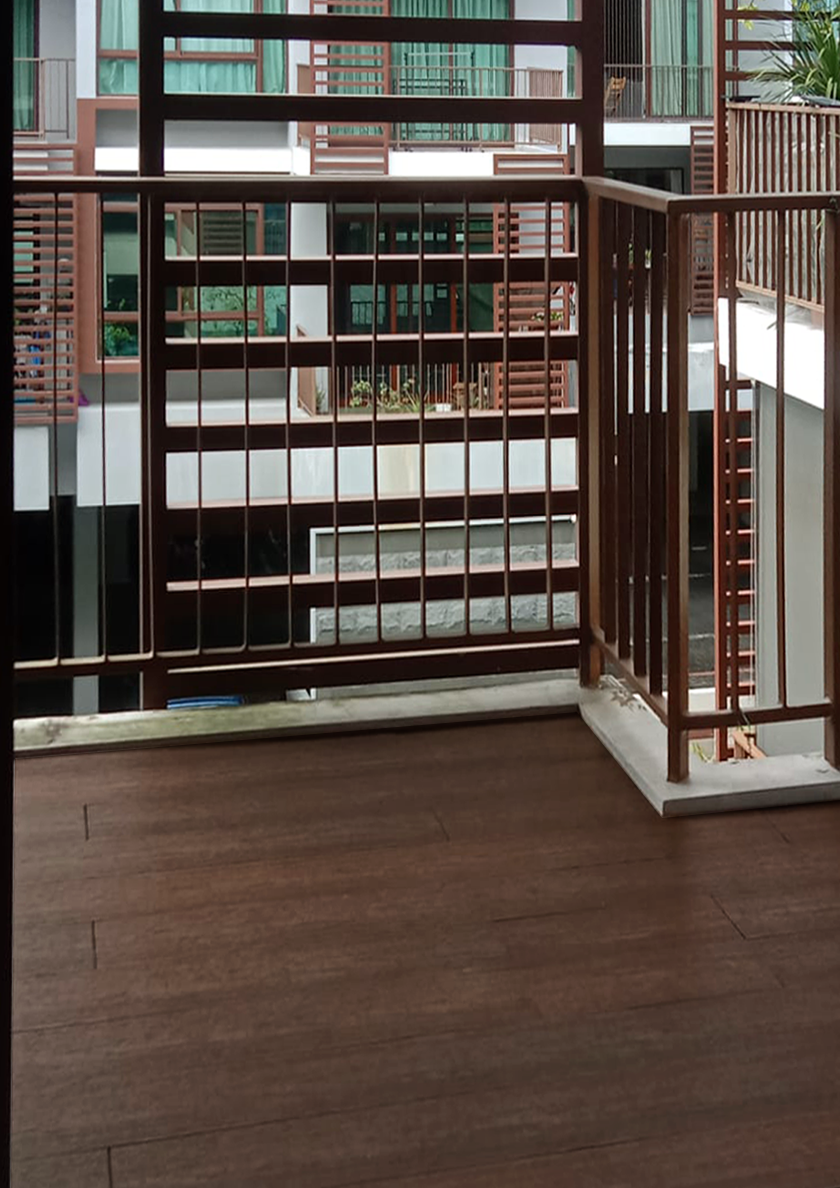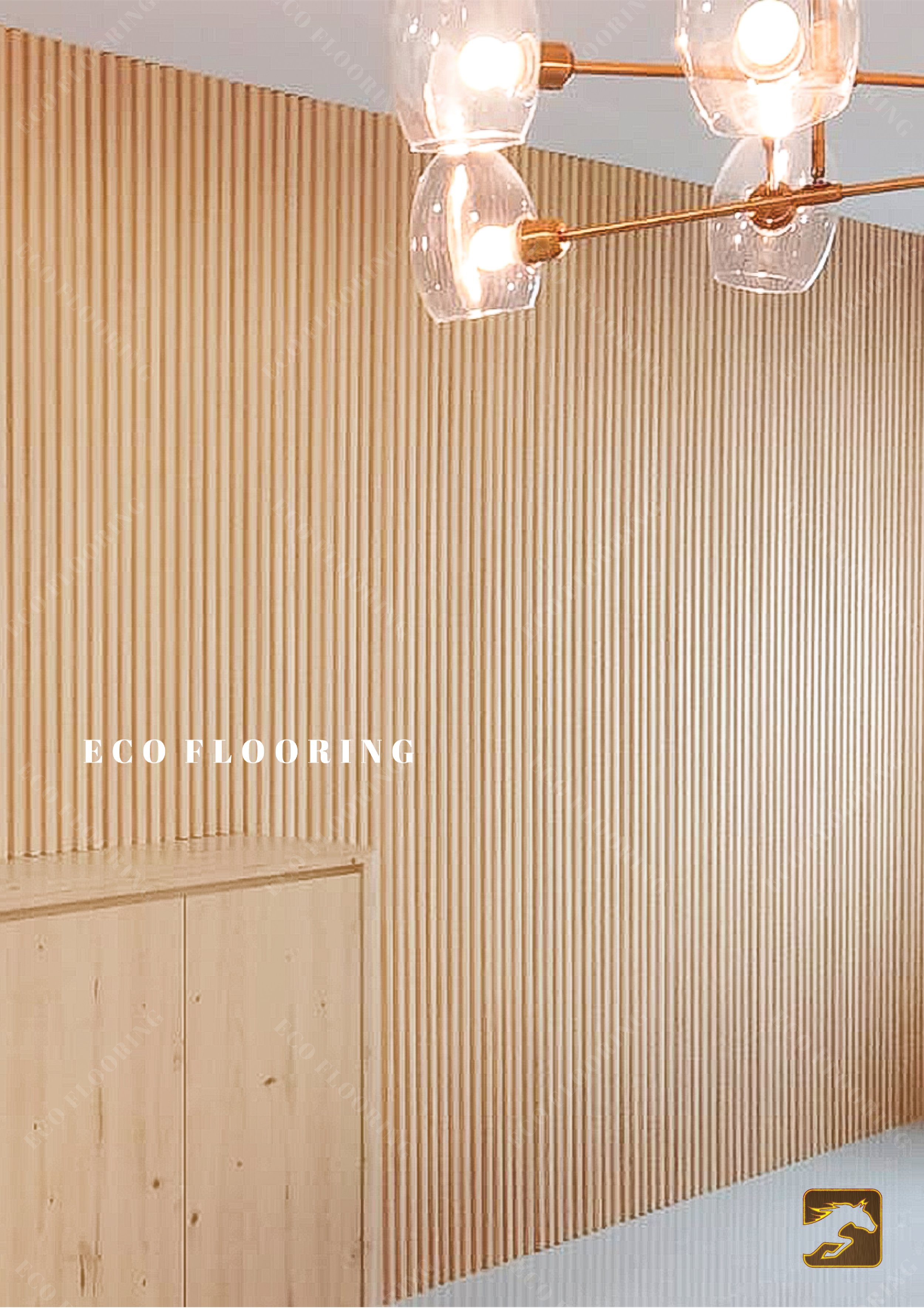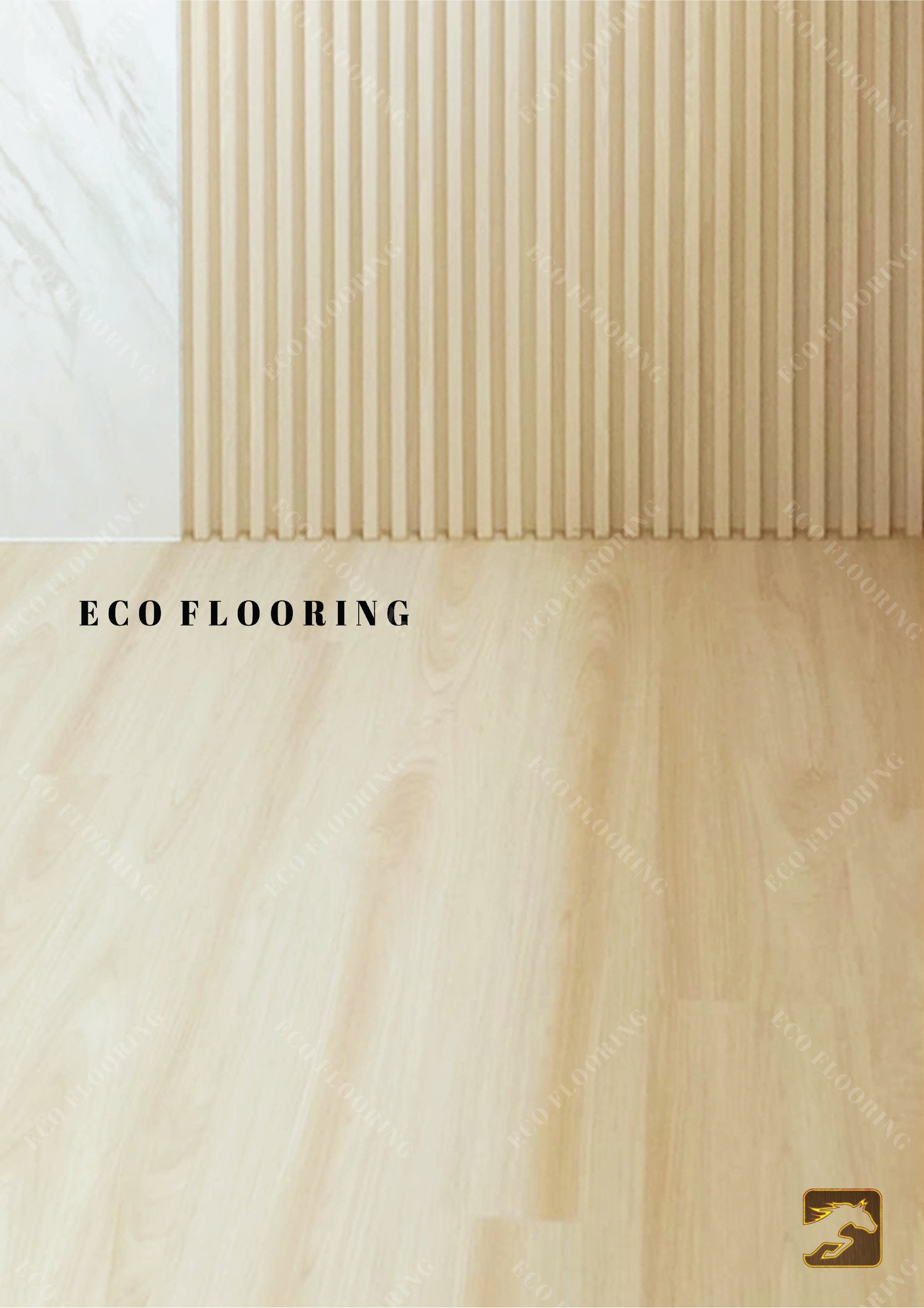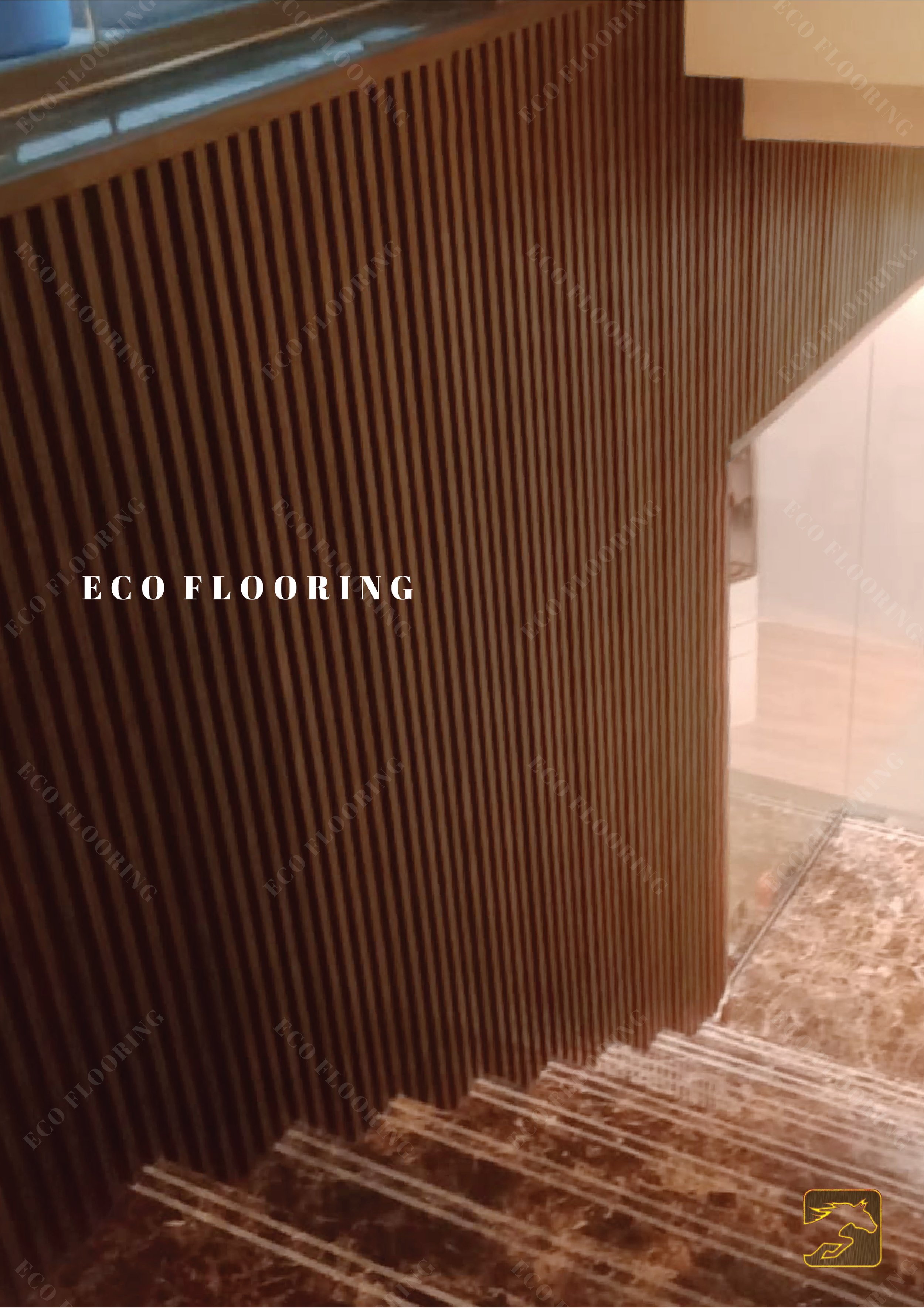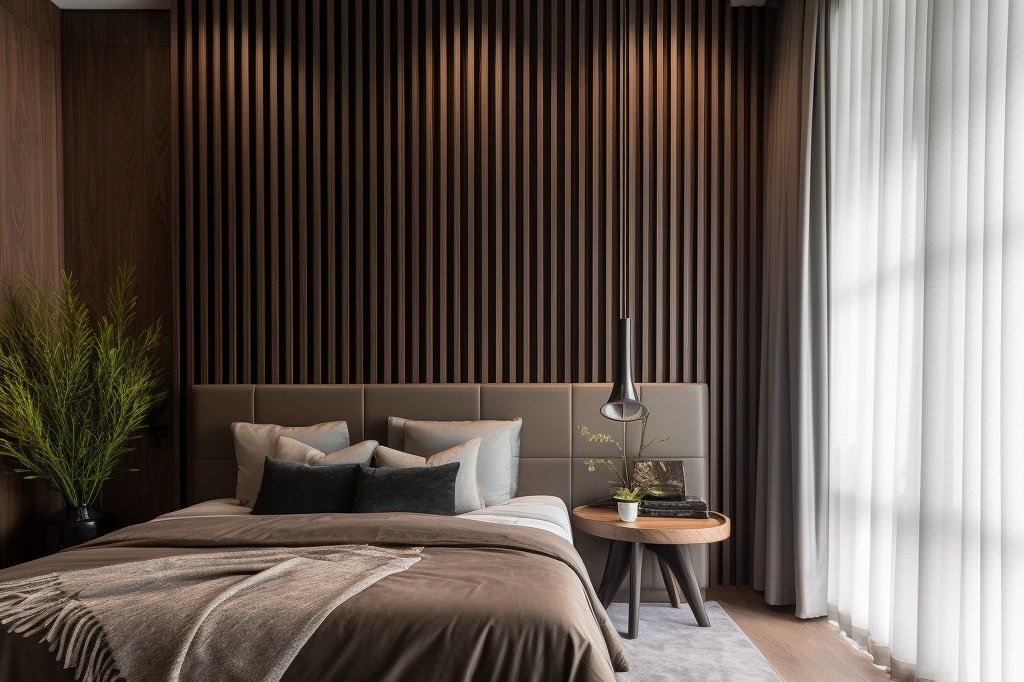Creating a captivating TV feature wall is an excellent way to enhance your living room’s aesthetic appeal and make a bold statement. Combining curved wall panels with fluted panels offers a sophisticated and modern look that can transform your space into a stylish and inviting environment. Here’s how these design elements can elevate your TV feature wall.
The Elegance of Curved Wall Panels
Curved wall panels are a fantastic choice for adding a sense of fluidity and movement to your interiors. Unlike traditional flat panels, curved panels introduce a dynamic and three-dimensional element to your walls. This unique curvature can soften the overall look of your living room, providing a seamless and flowing visual appeal that draws the eye.
Visual Interest and Depth: The gentle curves of these panels create shadows and highlights, adding depth and dimension to your feature wall. This play of light and shadow can make the wall look more engaging and less monotonous, creating a visually stimulating focal point.
Sophisticated Aesthetic: Curved wall panels offer a refined and elegant look, perfect for modern and contemporary interiors. They can be customized in various materials, finishes, and colors to match your personal style and the overall theme of your living room.
Enhanced Acoustics: Besides their aesthetic benefits, curved wall panels can also improve the acoustics of your living space. Their shape helps to diffuse sound waves, reducing echoes and creating a more pleasant auditory environment.
The Timeless Appeal of Fluted Panels
Fluted panels are characterized by their vertical grooves and ridges, adding texture and sophistication to any wall. When used alongside curved wall panels, they create a striking contrast that can elevate the design of your TV feature wall.
Textural Contrast: The vertical lines of fluted panels provide a textural contrast to the smooth, flowing curves of the curved wall panels. This juxtaposition creates a balanced and harmonious look that is both visually appealing and tactilely interesting.
Heightened Visual Impact: Fluted panels can make your TV feature wall appear taller and more imposing. The vertical grooves draw the eye upward, enhancing the sense of height and grandeur in your living room.
Versatility in Design: Fluted panels are incredibly versatile and can be tailored to suit various design preferences. Whether you prefer a sleek, minimalist look or a more ornate and detailed style, fluted panels can be customized to fit seamlessly into your overall design scheme.
Incorporating curved wall panels and fluted panels into your TV feature wall design is a stylish and innovative way to elevate your living room. The combination of these elements creates a visually captivating focal point that adds depth, texture, and sophistication to your space. By carefully selecting materials, balancing the layout, and integrating lighting, you can create a stunning TV feature wall that is both functional and aesthetically pleasing. Whether you’re looking to modernize your home or add a touch of elegance, curved and fluted panels offer endless possibilities for transforming your living room into a work of art.








































